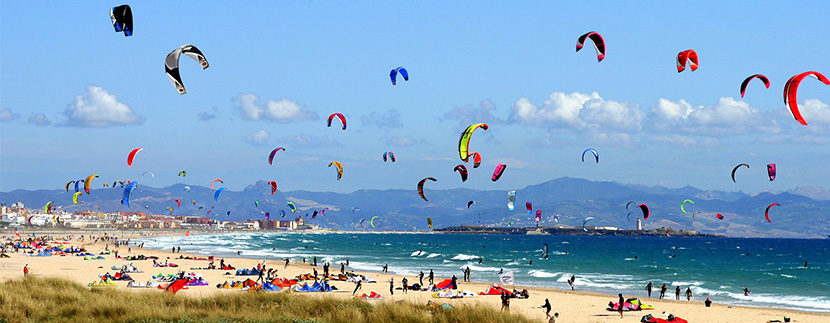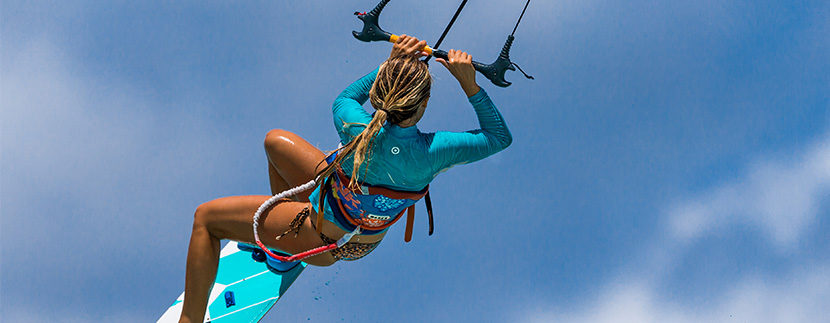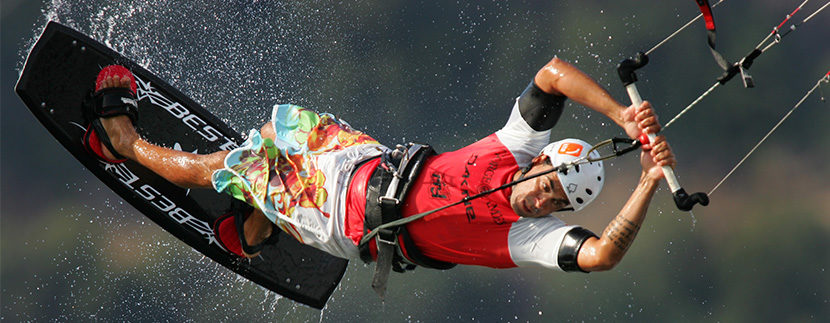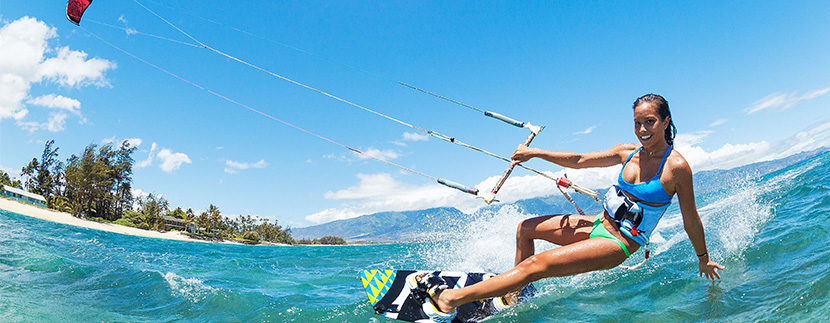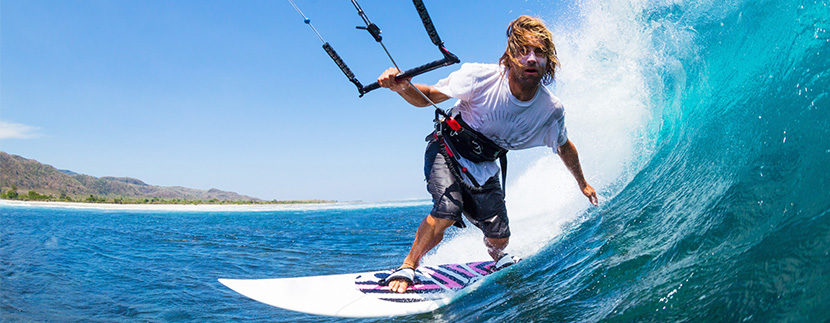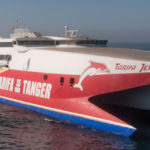The wind is blowing strong and hard, tugging at my kite. Overhead, the sun’s rays are glaring and blinding my eyes. The wide, sandy beach stretches for miles and the cool waters of the Mediterranean are calling.
I’m in Tarifa, trying my hands at kitesurfing, a sport I’ve long wanted to dabble in. For the uninitiated, kitesurfing is water sport that harnesses the power of the wind with a large controllable power kite to be propelled across the water on a board similar to a wakeboard.
I’ve done surfing in Bali, wakeboarding in the Philippines and sailing in Hawaii — kitesurfing seems like the natural progression. I’ve also heard that kitesurfing is actually quite easy to learn and you can feel like a pro in just a few days.
Here in the southernmost point of continental Europe, the strong winds make Tarifa one of the best places to learn kitesurfing. Known as the wind capital of Europe, Tarifa benefits from daily windy conditions, from two main directions: East and West.
The winds blow across this part of Spain all year round, although the most popular season is from July to August. In winter, the temperatures are warm and mild, between 12 and 20 degrees, and in the summer temperatures rise to 30 or 35 degrees.
A Crash Course in Kitesurfing.
My kitesurfing lesson starts bright and early at Playa de los Lances, a 7km stretch of wide sandy beach just outside of Tarifa town. The beach is part of the Natural Park of the Strait (Parque Natural del Estrecho) and is protected by the park authorities.
It’s a hot favorite among kitesurfing schools because of the large bay that is exposed to lots of wind without any obstruction and the wide sandy space that allows for land practice. The beach is nothing like the touristy, crowded beaches in other parts of southern Spain where beach benches fill every inch of the sand. Here, the wide beach sprawls for miles without any resort or beach bench in sight.
we chose to set up base here in Tarifa, not only because it’s one of the best places in the world to kitesurf, but also because it’s got a great surfing community and a vibrant nightlife and great atmosphere.
A Sport for Everyone
” Indeed, on the beach itself, there must have been at least 200 or more people trying to kitesurf. This sport has clearly gained a lot of popularity and becoming the latest fad. First you need to learn how to control the kite outside the water — that alone took me 2.5 hours. Then you actually get into the water without a board where you learn to manoeuvre the kite and learn bodydragging (to be dragged on the water by the board).
Only after you’ve mastered these two stages, you can start practising with the board. I barely reached the final stage in my four-hour beginner’s kite course, but Miguel said I was already a fast learner. Most people usually need at least a three-day course to pick up the basics of kitesurfing.
Overall, the experience was lots of fun and I can see myself pursing kitesurfing further. Even though I underestimated the amount of time needed to master it, I’m already looking forward to my next course.



